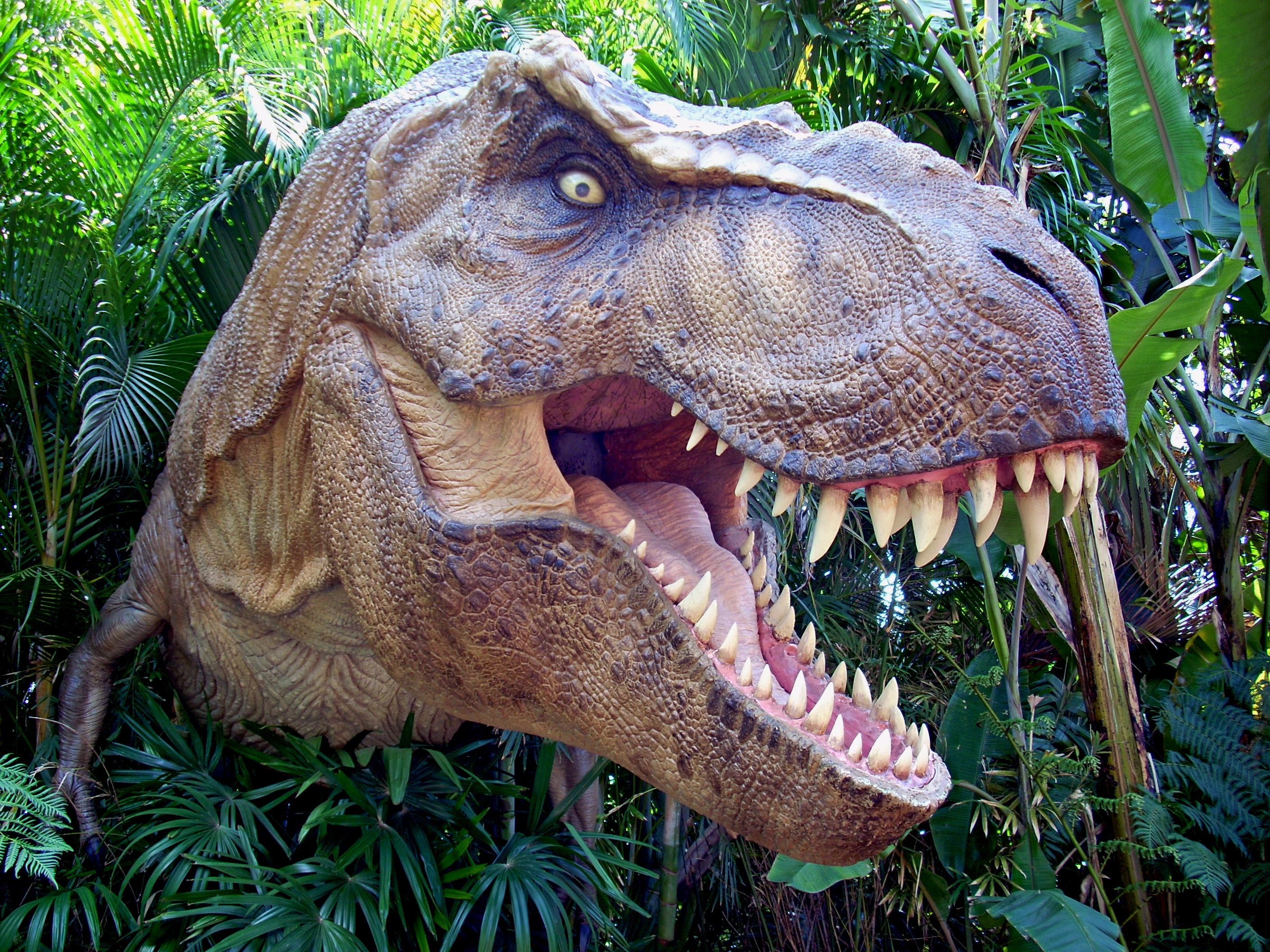 |
| An asteroid impact from an artists point of view |
For a start the Earth itself is created from numerous impacts, way back in the good old days.
 |
| Do you have a minute to talk about The Chicxulub Impact? |
However, there are more recent events that really make us wonder if we are taking enough defensive measures to protect ourselves from the cosmos.
 |
| The area nowadays |
 |
| No, It's not a Syrian airstrike.. |
The event really set off the media in a series of questions on why aren't we preventing these disasters.
 |
| A NASA surveillance satellite |
There are near a million space bodies that potentially can endanger Earth.
To protect the Earth from other astral collisions, we have to create a warning network that monitors the skies and spots potential dangers early enough. It's the backbone to any effective measure. It essentially consists out of one or a few satellites designed to hunt asteroids and other space objects that have an estimated trajectory anywhere near Earth.
The ASE - Association of Space Explorers wants to urge a policy to build and deploy an asteroid hunter satellite by 2020. Technology and money shouldn't be a problem, as Russell Schweickart, a former astronaut and ASE co-founder, states that the whole project would require one percent of NASA's budget. If this is not the problem, it has to be organizational.
Once a pre-emptive warning system is in a effect, there has to be a strategy committee that authorizes the effective measures to remedy the problem.
 |
| What caption is needed for Bruce Willis and Batman |
Contrary to what "Armageddon" shows in their movie, no huge explosions will help deal with an asteroid that comes our way. Actually, they would even worsen the situation. The Russian meteor events prove that if you blow up the object, it essentially becomes an enormous frag-grenade.
Instead, what we need to do is change the trajectory of the space object. One way is kinetic impact. In theory, if we shoot a large and massive enough object into space and get it to collide with the asteroid in the right moment and angle, we can redirect it's course to safely pass our planet.
There is one barrier we have to overcome, though. If we nudge it off course, it will still pass close enough to the Earth to scare us. Nobody wants a huge chunk of space rock to float around over their roof. People's trust has to be completely in the hands of the committee that makes the decisions, for the plan to work.
Another option is gravitational pull. As we know from physics class, every object that has mass, has a certain gravitational field. If we send a controllable space craft and put it close enough to the asteroid, in theory, it can exhibit gravitational attraction. That way we can slowly pull it away from the Earth. This method, of course, stays strictly in the experimental physics field, as we have no way to make a practical test. The Earth and Sun are too close to be able to conduct researches.
The best thing to do at the moment is full acknowledgement of the threat and full disclosure to the public. The nations have to be informed about the matter, so they can give their trust and their support to act in advance.


No comments:
Post a Comment